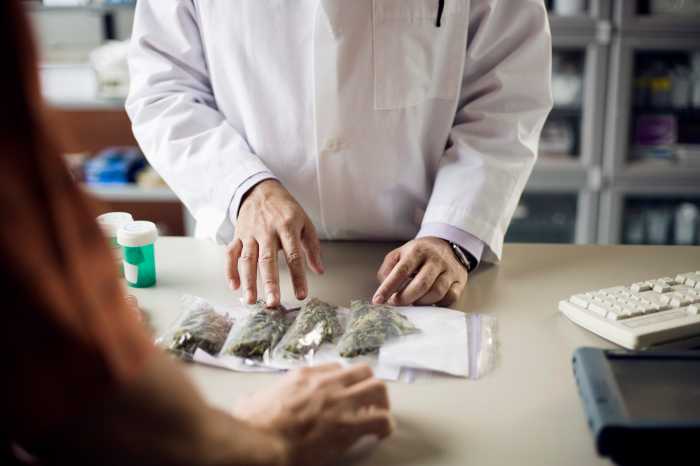Op-ed: Bridging cannabis research and care in Pennsylvania
September 23, 2025
When I began treating patients with serious illness, options for symptom management were often limited to pharmaceuticals — such as opioids and benzodiazepines — that came with their own risks, especially when used long-term. Over time, more patients began asking about medical cannabis. What they needed wasn’t just access — they needed guidance: how would this affect me? What product should I choose? Can it truly help?
As a physician-researcher, I’ve dedicated the last decade to trying to answer those questions with rigor and compassion. And what I’ve learned is there’s a significant disconnect between what we study in research settings and what patients do when they access cannabis products. Pennsylvania’s medical marijuana program presents a unique opportunity to close that gap.
At Ethos Cannabis, where I serve as Chief Medical Consultant in addition to my physician-researcher role at Jefferson Health as the Enterprise Director of Supportive Oncology, we’ve embedded research directly into our operations through a formal partnership with Thomas Jefferson University. This collaboration allows us to generate real-world data — based on how, and what, patients are doing when they inhale or ingest cannabis — and apply that insight to education, product development, and ultimately, patient care.
For example, our research informed the launch of products like Huny Ratio Troches, designed to deliver precise, wellness-focused cannabinoid combinations that are often different than what predominates in the market place: products with higher CBD and often less very high dose THC. This reflects what patients need to report both relief and reduced burden of side effects within our research settings.
Whether it’s sleep, anxiety, or pain management, the formulations are rooted in what we learn from both the clinic and in research studies. Often, when academic research was done in this country, it was only done using FDA-approved synthetic variants of THC; however, less than 0.1% of all cannabis consumed in this country is via prescriptions for FDA approved products, such as dronabinol (Marinol).

Product innovation alone isn’t enough. We must also focus on educating physicians, many of whom still feel unprepared to discuss cannabis with their patients. Through Jefferson’s education programs and in-person events, like the Ethos-sponsored Pennsylvania Medical Marijuana Education & Research Summit, we’re working to empower healthcare providers with evidence to guide those conversations responsibly.
Dispensaries also play a critical role. They are often the first point of contact for patients, and their staff deserve to be trained in science-backed recommendations — not just sales strategies. At Ethos, we’re working to align our frontline team with the clinical community, ensuring patients receive informed, compliant, and compassionate guidance.
Ultimately, bridging the gap between cannabis research and real-world care means holding ourselves to a higher standard and increasing our dialogue between often siloed industries: healthcare, industry and government. That means not only asking hard questions, but also building the infrastructure — clinical, regulatory, and educational — to answer them.
Pennsylvania patients deserve a program built on data, not guesswork. We have a rare opportunity to set a national example where cannabis research and care don’t just coexist, but work together to improve lives.
By Dr. Brooke Worster is the Chief Medical Officer at Ethos Cannabis, and Professor, Enterprise Director – Division of Supportive Oncology, at Thomas Jefferson University, Sidney Kimmel Cancer Center.
Search
RECENT PRESS RELEASES
Related Post



